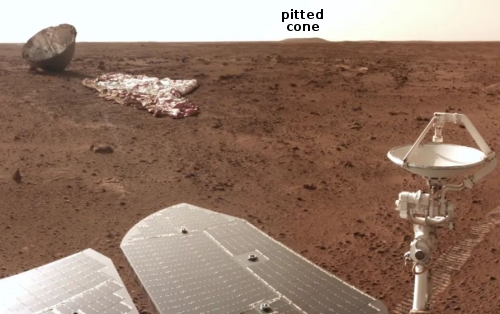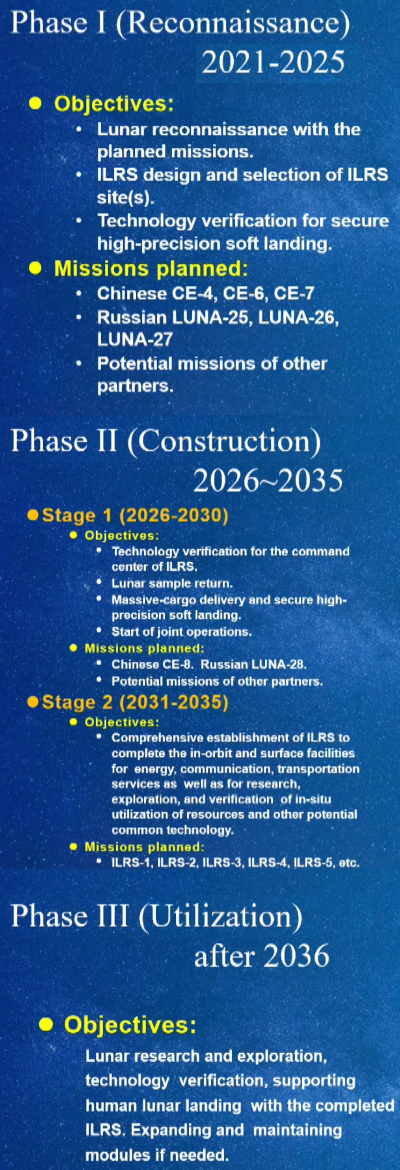China launches military communications satellite
China’s Long March 3B rocket yesterday successfully launched a military communications satellite.
This was China’s eighth government launch since the beginning of July, in a span of only five weeks.
The launch was from an interior spaceport, so the rocket’s strap-on boosters and first stage core landed within China. No word if any landed near or on habitable areas, or if the Chinese were using parachutes or grid fins to control their landing.
The leaders in the 2021 launch race:
26 China
20 SpaceX
12 Russia
3 Northrop Grumman
3 Rocket Lab
The U.S. still leads China 30 to 26 in the national rankings.
China’s Long March 3B rocket yesterday successfully launched a military communications satellite.
This was China’s eighth government launch since the beginning of July, in a span of only five weeks.
The launch was from an interior spaceport, so the rocket’s strap-on boosters and first stage core landed within China. No word if any landed near or on habitable areas, or if the Chinese were using parachutes or grid fins to control their landing.
The leaders in the 2021 launch race:
26 China
20 SpaceX
12 Russia
3 Northrop Grumman
3 Rocket Lab
The U.S. still leads China 30 to 26 in the national rankings.









